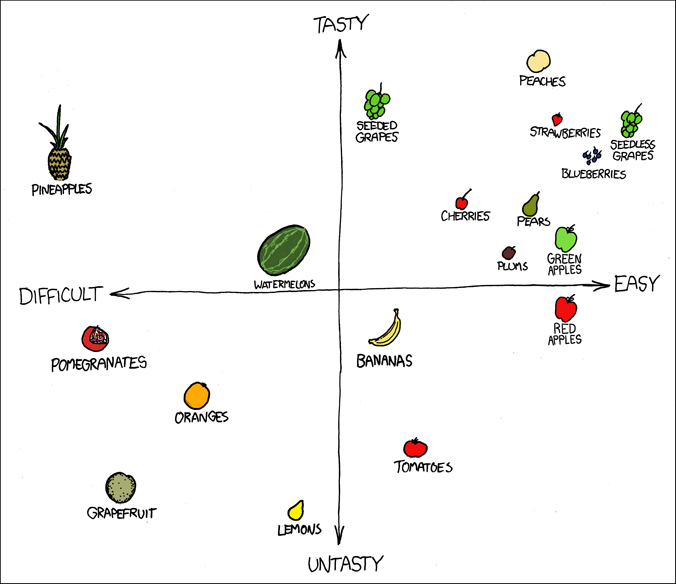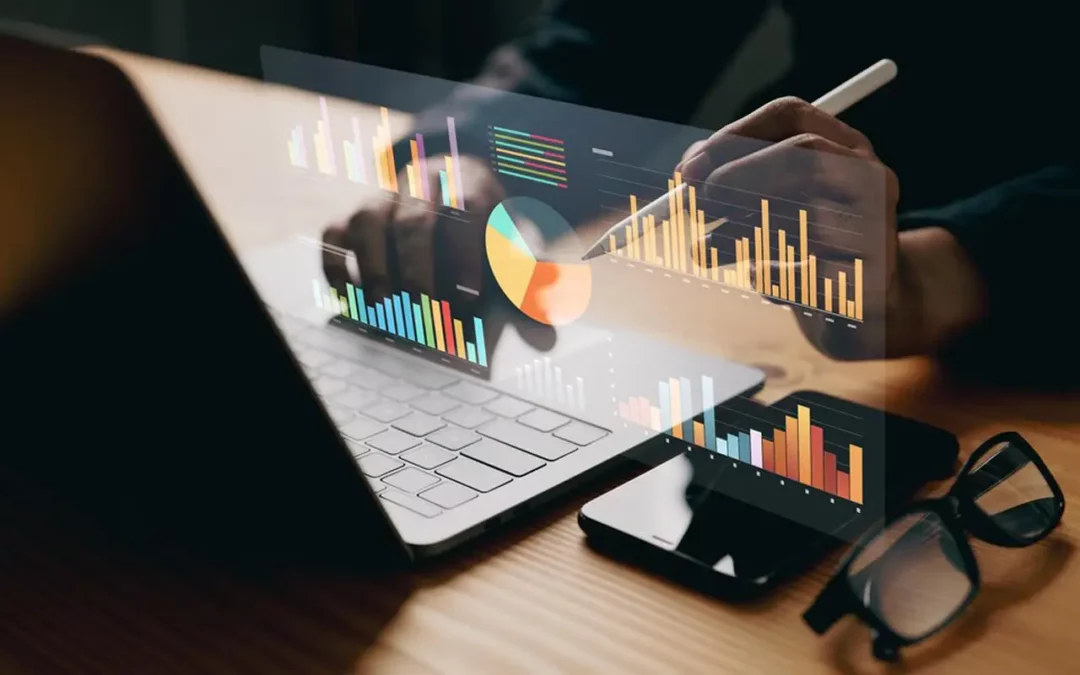Your organization may already have vast amounts of data captured in your point-of-sale machines, ERP platform, website, apps, social media, and more, but the key is to transform the data into meaningful insights. This is when Data Analytics comes into the picture.

Engaging a Managed Cloud service partner instantly opens you up to expertise and knowledge.
Data Analytics is examining large and complex data to uncover patterns, relationships, and trends that can be used in decision-making. With data, you can draw conclusions based on facts in order to optimize processes, identify new opportunities, and improve business outcomes — instead of doing all of these on a hunch.
Types of Data Analytics
- Descriptive analytics. Defines “what” happened in the past. It demonstrates past trends and patterns, allowing an organization to understand sales and marketing trends, customer behavior, operations performance, and more. You can use descriptive analytics to identify what product usually sells well at a specific time of the year.
- Diagnostic analytics. Focuses on the “why” of things that happened in the past. You can use the information to find out the root cause of events or trends, such as an increase in product returns, a higher frequency of customer complaints, or a sudden uptick in sales for a certain region.
- Predictive analytics. Predicts future outcomes based on historical data, patterns, and relationships between variables. Predictive analysis is commonly used by the finance team to forecast revenues or by the marketing team to predict customer behavior based on past purchases.
- Prescriptive analytics. Leverages data to correctly prescribe actions that will achieve a desired outcome. For example, based on massive amounts of data from clinical trials, healthcare professionals determine treatments that will benefit a patient the most.
Applications of Data Analytics
- Healthcare. The healthcare industry uses data analytics to study trends in public health, diagnose conditions, and optimize treatments. Hospitals can slice and dice patient data in order to identify individuals who are at risk of readmission and provide services to take preventive measures.
- Finance. Investment firms use data analytics to identify profitable investments. Banks, on the other hand, use it to be alerted regarding possibly fraudulent transactions to protect their customers.
- Marketing. With data coming from multiple channels, brands can draw a detailed picture of their customers, behaviors, and preferences. Using this knowledge, brands can personalize the shopping experience on a massive scale, offering promos and packages that align with each customer’s needs and wants.
- Retail. Sales trends are crucial for the retail industry. They can manage their inventory, supply chain, and marketing efforts.
- Manufacturing. Data helps manufacturers optimize the production process — from planning, schedule to equipment maintenance — in order to improve output and reduce costs.
Confidently make decisions with data
Every single day that you do not make use of your data, you lose opportunities to grow and improve. At Stratpoint, we help our customers understand and take action based on their data. To set a meeting with our team, fill out the form below.




